www.industryemea.com
25
'22
Written on Modified on
Prepared for an Electric Future Tenneco’s DRiV Motorparts Business Committed to Helping Distributors, Workshops Capture EV Parts and Service Opportunities
Five years ago, conversations about the advent of electric vehicles typically began with “If.” Today they are centered around “how fast” the now-real shift to EVs will occur in nations across Europe.
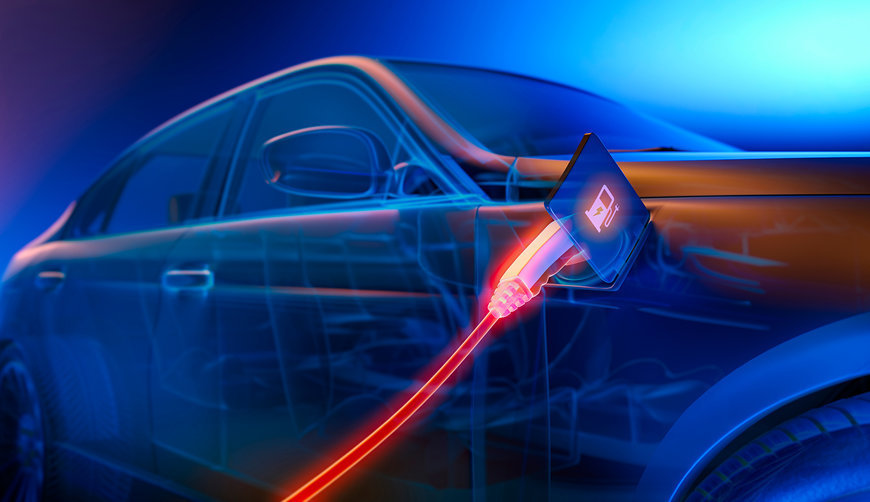
There’s little doubt that the trend is real. With each model year, major OEMs together are shifting billions of euros in product development resources toward battery electric (BEV) and hybrid (HEV) models, leaving, for now, the commercial-vehicle segment as perhaps the final stronghold of internal combustion engine (ICE) technology.
While this rapid shift has immediate implications for consumers and vehicle dealers, it will soon also begin to affect the manner in which the aftermarket – from parts manufacturers to workshop mechanics – serves its customers.
It also will likely change the nature of the relationship between consumers and their vehicle service providers, which represents a significant opportunity for the aftermarket value chain. A recent study indicated that the service waiting period for customers relying on vehicle dealerships has surpassed a full day. Aftermarket providers who can provide faster service and greater convenience – whether for an ICE or EV – will have a significant competitive advantage.
“Every major change in automotive technology – from rear-wheel drive to front-wheel drive and the introduction of electronic fuel injection and engine controls – was initially viewed as a threat to the aftermarket, only to become a new source of industry growth,” said Audrey Harling, Group Vice President and General Manager, EMEA Aftermarket Motorparts for Tenneco’s DRiV Motorparts group. “There is a similar opportunity in the shift to EVs, and we have no doubt that leading aftermarket suppliers, and particularly DRiV, will help their business partners benefit from this trend.”
What We Know.
Every EV-related opportunity is based on two distinct perspectives: What we know about the existing vehicle population (both ICE and EV); and what we expect from each new generation of BEV and HEV technology.
At the very top of the list of things we know is that, although electrification is dominating the headlines, ICE vehicles continue to dominate European roads. In fact, recent data shows that despite of a 500% increase in EV sales since 2019, ICE vehicles still comprise more than 98% of the passenger car population. This massive share will decline only gradually over a period of several years.
We also know that today’s ICE vehicles are better performing, longer lasting and more valuable as personal assets than any earlier generation of passenger vehicles. Average vehicle age now exceeds 12 years overall and continues to rise thanks to a variety of factors: increased quality/durability; the rising cost of new and used cars; and, at least temporarily, supply chain shortages that have reduced the availability of new vehicles. Bottom line, existing parts and service opportunities tied to the ICE car parc will likely remain strong well into the next decade.
Research also shows that while EVs will dramatically reduce demand for conventional engine components, oil, gaskets and other parts, they are already increasing demand for replacement tires. According to Trucks VC, a venture capital firm with investments in an array of mobility companies, EV owners are returning to car dealers and the aftermarket for tire replacement 30% more frequently than the owners of ICE vehicles.
This points to an important new opportunity for workshops and their suppliers to establish comprehensive service relationships with the owners of battery-electric and hybrid vehicles. Tires, along with chassis and brakes, will be the windows to these
opportunities.
What We Expect.
In addition to more frequent tire replacement, the weight and positioning of EV battery packs can exert added stress on components in a variety of driving situations. This is good news for the aftermarket. In fact, DRiV already offers more than 2,000 steering and suspension parts engineered specifically for hybrid and battery-electric vehicles.
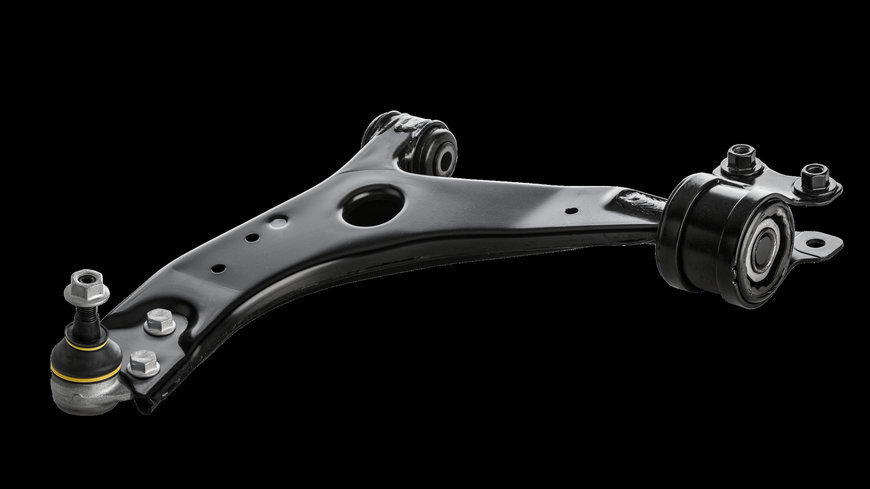
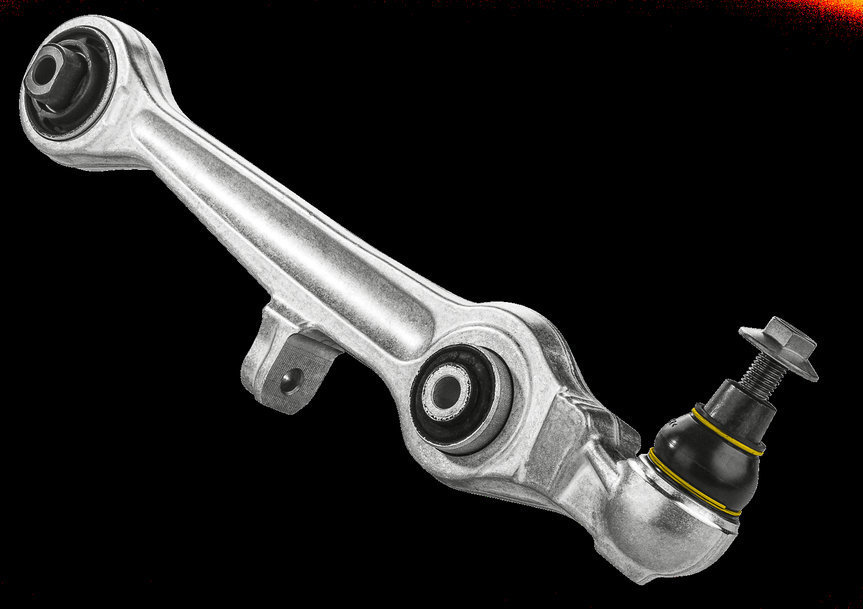
DRiV Motorparts is already addressing these issues to ensure that workshops have access to better-than-OE, problem-solving parts. These include MOOG track control arms manufactured from high-strength aluminium materials combined with specialized surface treatments that further enhance strength and durability. In addition, the steel used in the manufacture of many MOOG wishbones is up to 200% stronger, leading to greater durability under the increased dynamic forces and other stresses associated with many EVs.
Another important EV service trend is the increased likelihood of drivers to detect even faint noises emanating from beneath their otherwise silent vehicles. This might spur increases in the replacement of elastomeric bushings as well as a wide range of other steering and suspension products.
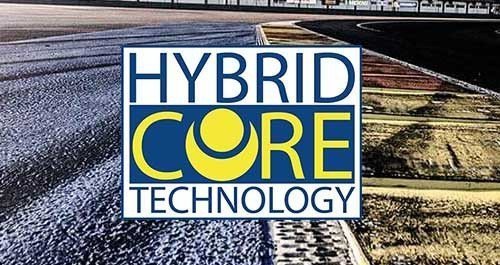
MOOG now utilizes an advanced, “hybrid core” bearing technology in many control arms, ball joints, tie rod ends and axial joints that is ideally suited to EV and HEV applications. Not only does this technology increase socket durability but it also provides smoother, more precise and quiet articulation of the internal mating surfaces. Other advances, such as induction heat treatment of ball joint studs and sandblasting of high-strength aluminum control arm housings to eliminate microscopic weaknesses also have been incorporated into the MOOG product range to meet the increased demands of electrified vehicles.
Another important characteristic associated with any EV component is weight. MOOG product engineers utilize finite element analysis and other technologies to help maximize weight savings without compromising product strength and durability. The result is a best-case solution for each electric vehicle.
Monroe, another DRiV brand, illustrates the importance of a manufacturer’s OE portfolio to future success in the EV aftermarket. Both through its Monroe OE Solutions passive dampers – used by several leading EV manufacturers – and Monroe Intelligent Suspension systems, Monroe is investing in products that will ultimately redefine the aftermarket service experience. A few of the many recent EV models equipped with Monroe OE technologies include the BMW iX3 and i4, SEAT Cupra and Volkswagen ID.3 and ID.4.
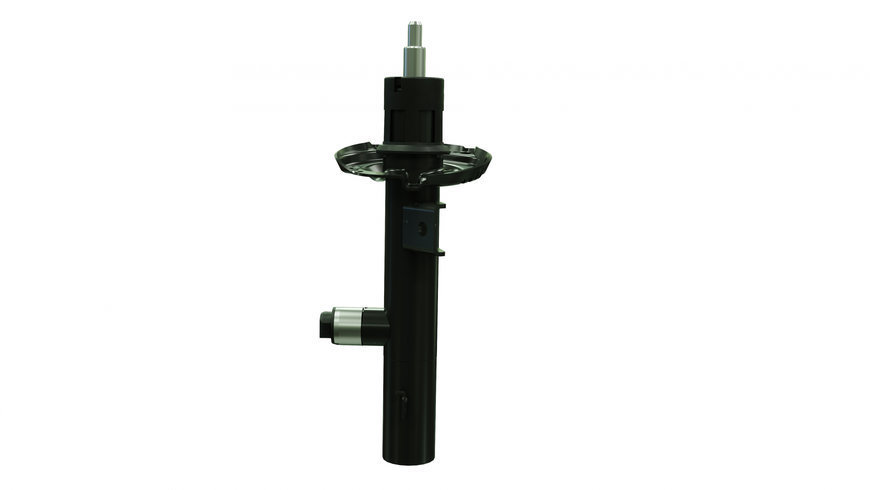
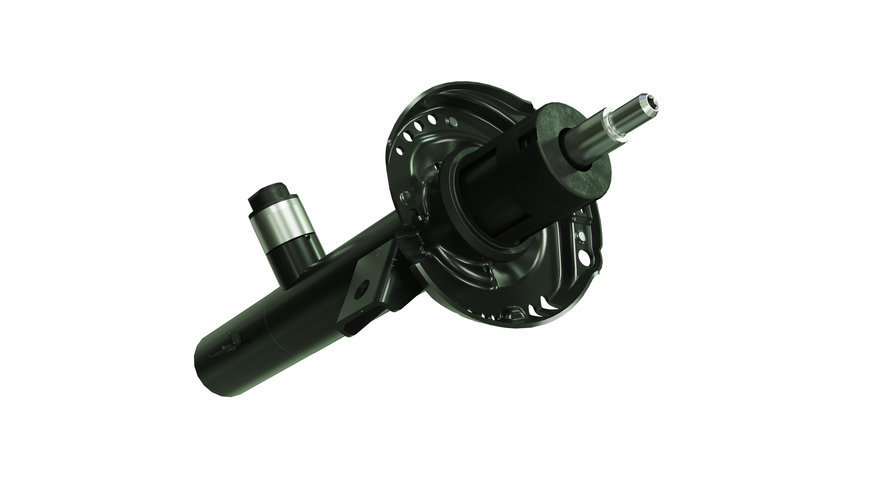
Braking Remains Strong
With the long-term reduction of oil changes and other services specific to ICE vehicles, brake service will take on even greater prominence for workshops and their suppliers. While there has been some concern raised about the reduction of friction wear due to regenerative braking, the reality is that the availability of EV- and HEV-specific braking technologies will help independent workshops earn new customers at the expense of OE dealers.
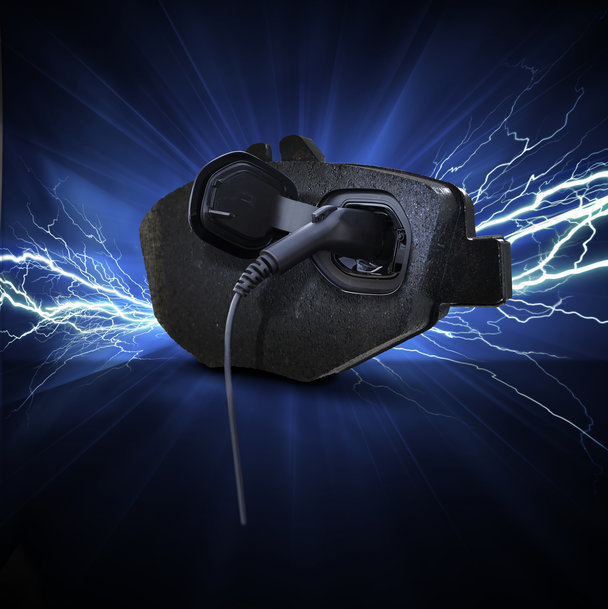
Once again, the key is to focus on what we know vs. what we expect. What we know is that, as with steering and suspension parts, EVs place severe demands on brake system components. Due to the weight of battery packs for example, EV brake pads often must provide greater stopping power. Additionally, the significantly faster acceleration of EVs could increase the incidence of sudden, severe stops – again requiring high-performance stopping.
We also know that brake noise and vibration are leading causes of driver complaints to OE dealers and independent workshops. Given the near-silent operation of battery-electric vehicles, brake squeal and other noises will be far more obvious to the vehicle owners.
“Another consideration with battery-electric and hybrid vehicle brakes is that regenerative braking places is much tougher on the brake pads,” said Silvano Veglia, Product Director, Braking EMEA for DRiV. “Because regenerative braking reduces the number of times the friction material contacts the brake disc, the material often doesn’t have a chance to reach an ideal operating temperature. This means the friction formulation must provide greater consistency and stability across a comparatively wide thermal window.”
DRiV is one of the world’s largest manufacturers of brake pads for all types of passenger vehicles. This unique insight into the demands of today’s EV brake technologies ultimately benefits the independent workshops that rely on FERODO replacement pads, according to Gerhard Braun, DRiV Business Line Leader, Braking, EMEA.
“We offer coverage of 95% of battery-electric and hybrid vehicles in the European car parc through our ECO-FRICTION and FUSE+ Technology brake pads,” he said. “This strong, early investment will help ensure that when it’s time for the first brake repair on an EV, workshops can win the business by choosing FERODO.”
Also key to successfully servicing EVs is using the proper brake fluid. The same characteristics affecting brake pad design necessitate the use of highly specialized DOT 5.1 brake fluid, which offers higher dry and wet boiling points, enhanced corrosion protection, lower conductivity, outstanding lubricity and low viscosity. FERODO has already introduced a first-to-market DOT 5.1 fluid – FERODO FBE050 – to help workshops provide top-quality repairs of these vehicles.
Bringing it All Home
Another thing we know today is that no matter how big or small the EV service opportunity might be in the next few years, these vehicles represent a fundamental change for every workshop owner and mechanic. This makes technical training – long a vital area of value for DRiV customers via the Garage Gurus platform – more important than ever.
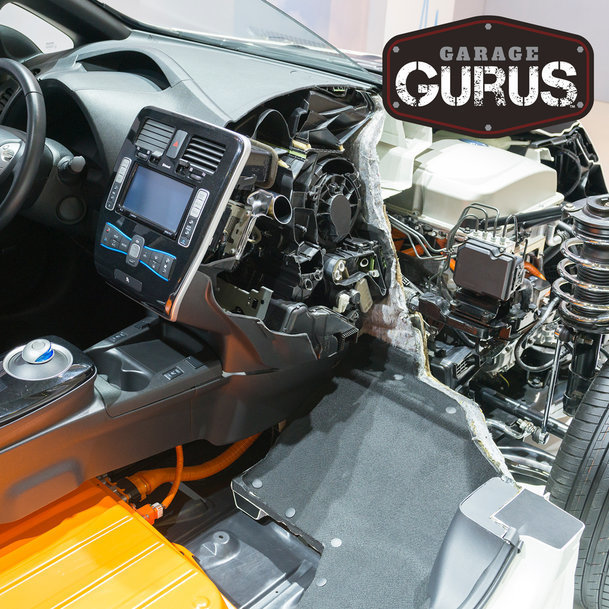
“Garage Gurus is well aware of the challenges and emerging technologies in the automotive aftermarket, and it is our mission to help workshop owners and mechanics succeed in this new future,” said Marijn Staal, senior manager, training and technical services, EMEA, Tenneco, and head of the Garage Gurus team. Garage Gurus already has developed new training modules covering best practices for safely and effectively serving alternative fuel vehicles, including battery-electric vehicles, hybrids and hydrogen-fueled models. The team also continues to monitor emerging service requirements, common failure modes and other issues related to these new vehicles.
“Electrification will become a major opportunity for the contemporary mechanic,” Staal said. “The Gurus program is here to inform, identify and support in all of these new areas.”

